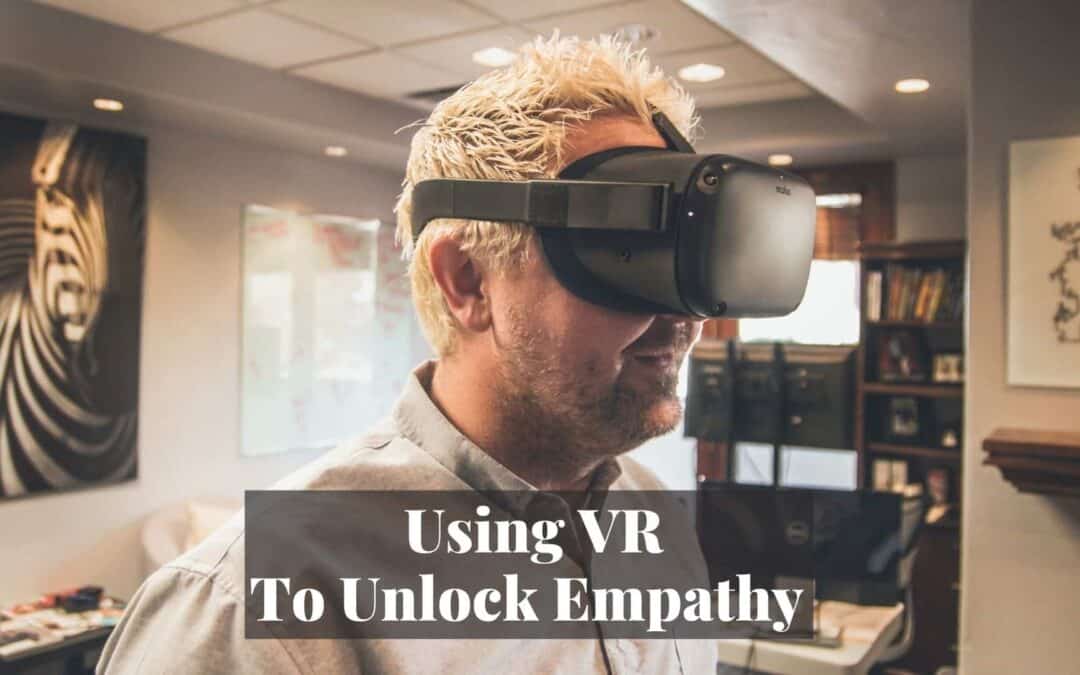
by Vivian Acquah | 20 Nov 2021 | Amplify DEI, Blog EN
When implemented correctly in organizations, diversity, equity, and inclusion (DEI) programs can help drive positive organizational change, resulting in more innovation, happier and more engaged employees, and increased growth. However, some DEI programs are not built for a sustainable impact. Despite the good intentions, they are being treated like a one-night stand. As a Harvard Business Review study suggested, a poorly constructed program does more harm than good; employees often triggered an intense backlash, and it increased more bias.
(more…)

by Vivian Acquah | 7 Nov 2021 | Amplify DEI, Blog EN
There have been movements for the greater inclusion of women in the workforce for decades. And, indeed, great strides have been made. But is this too narrow of a measure for gender diversity? When we look at DEI (diversity, equity, and inclusion) initiatives, the goal is to capture everyone. For that reason, efforts to challenge gender diversity and broaden its definition are important and valuable.
(more…)

by Vivian Acquah | 24 Oct 2021 | Amplify DEI, Blog EN
Let’s start out with a cliché: we are all unique. We know this! Each of us is unique in a variety of ways. We each have strengths and abilities that set us apart from everyone else—we each have our own superpowers.
(more…)

by Vivian Acquah | 20 Oct 2021 | Amplify DEI, Blog, Blog EN
We can’t get very far in conversations about diversity, equity, and inclusion without talking about intersectionality. It’s a natural part of the conversation, and the lived experiences of each of us. So, we sat down with some panel experts to discuss intersectionality and how leaders should think about it, and how understanding and considering intersectionality will make a difference in our workplaces.
(more…)

by Vivian Acquah | 13 Oct 2021 | Amplify DEI, Blog, Blog EN
Leadership is never easy. The responsibility on leaders is great, as the authority and influence of their position have the potential for both harm and good. The last nearly two years of the COVID-19 pandemic have only added to the list of challenges for leaders to navigate.
But it has also brought opportunities to leaders. Opportunities to get to know their team members on a personal basis. Opportunities to learn and grow along with the powerful social movements of our time. And the opportunity to make necessary changes to embrace, activate, and amplify inclusive leadership practices.
(more…)




